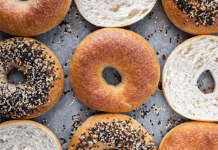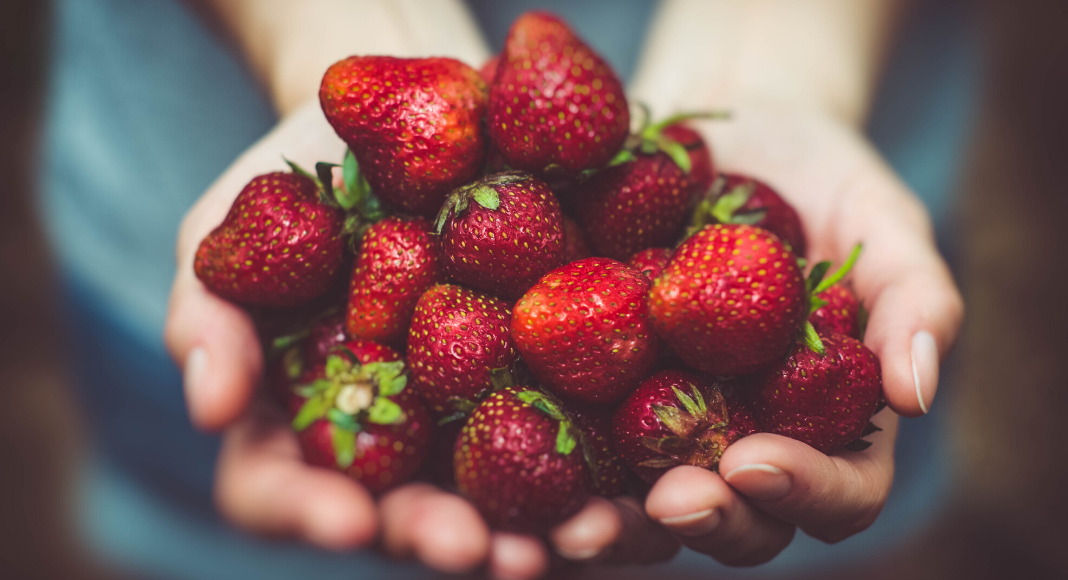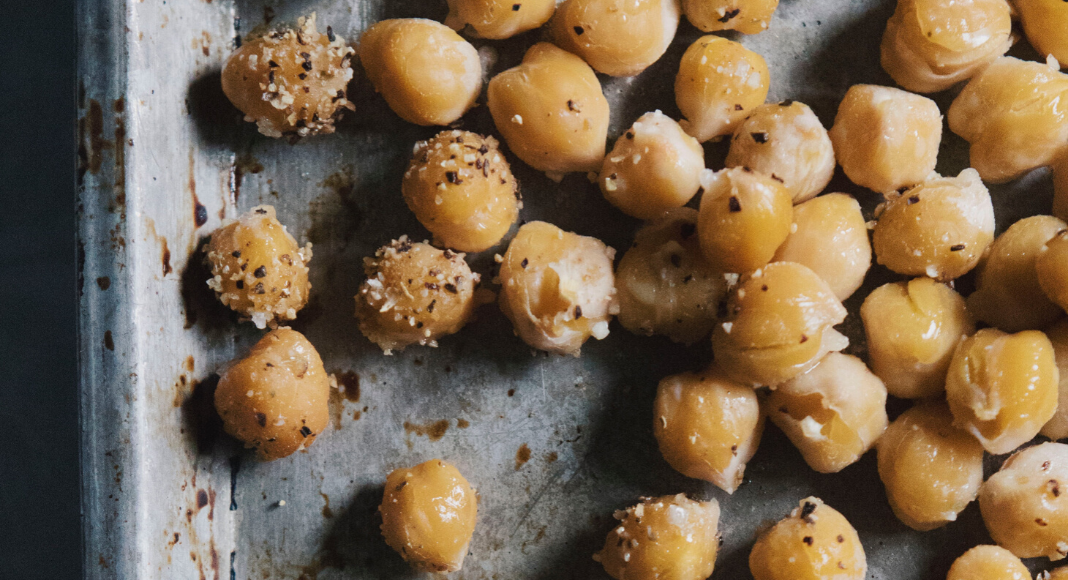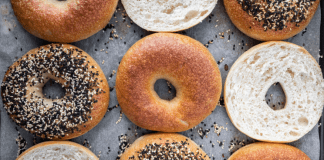Trigger warning: candy.
I’m only half joking – kids eating candy is a hot topic. I understand – the sugar levels, the hyperactivity, the teeth concerns, etc. Plus, the incessant begging for candy once they know what it is. It’s a lot.
And once Halloween rolls around, it’s a hot-button topic: should parents let their really young kids trick-or-treat? How should they inhibit a candy addiction?
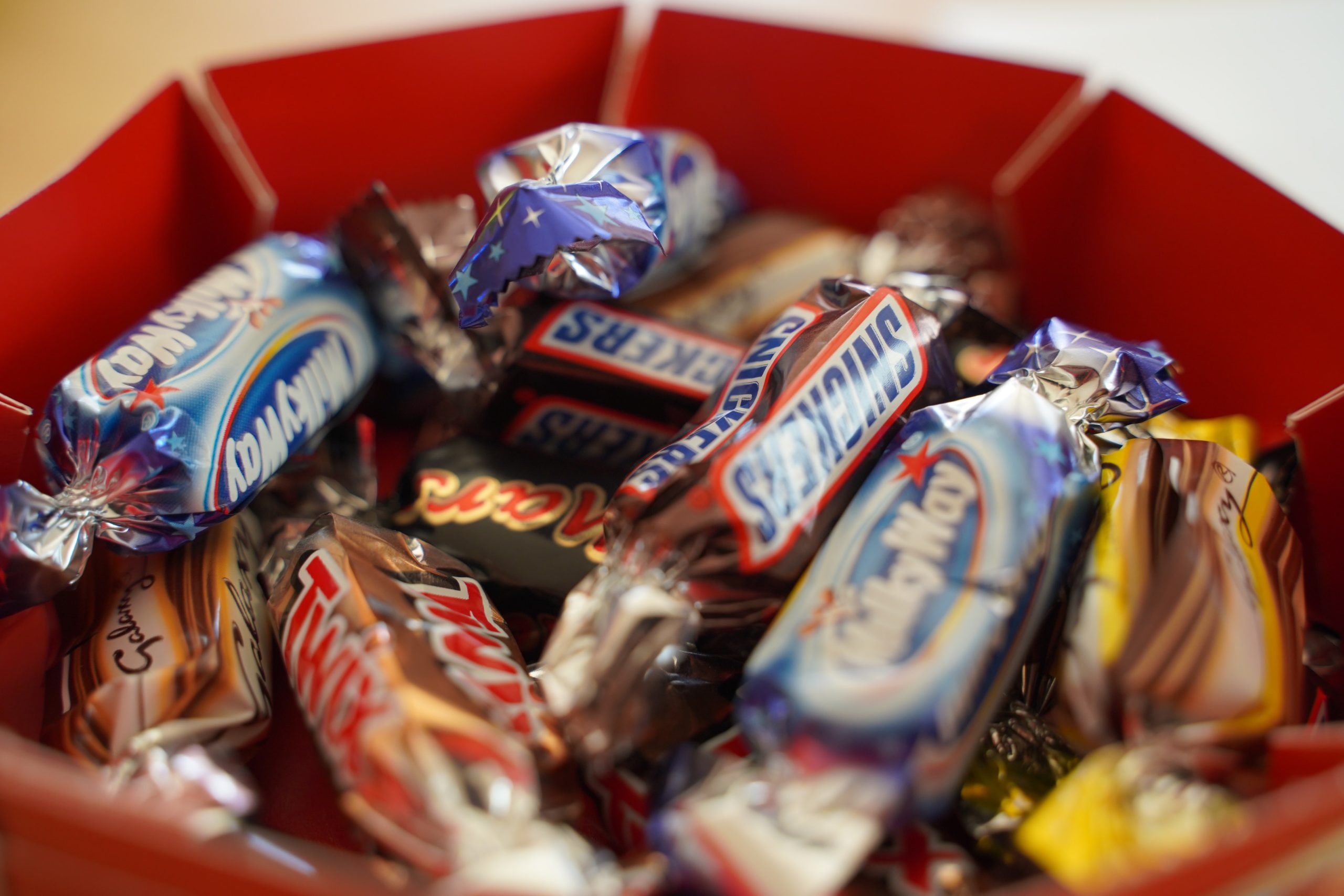
I saw a really interesting Instagram post two years ago on Feeding Littles’ page and I never forgot it. And as difficult as it is for me to implement, it is crazy how well it works. Children of the ’80s, you were probably told that you can’t have candy until dinner is finished.
How Dietitians Handle Halloween Candy
Feeding Littles is a company founded by a dietitian and occupational therapist/feeding specialist. Their main objective is to make mealtimes pleasant for families and combat picky eating.
Turns out the Instagram post was also a blog post, and here’s its gist:
- Serve a filling dinner before everyone goes out trick-or-treating.
- Once home, sort and inspect Halloween candy – remove choking hazards for kids under 4 or anything that your child is allergic to.
- You’re the parent: serve the candy with meals when it’s okay for them to have some candy. When it’s not okay to have candy, even if they’re asking/tantruming for it, don’t serve it.
- Put it away when it’s not an option.
Another great tip from Big Little Feelings’ blog is to “play it cool.” Believe it or not, the way to make certain foods, like candy, seem less irresistible is to “play it cool” and not react any which way. Don’t make a big deal if they say how yummy it is, or if they eat it first, rather than choosing to eat their broccoli or the main course of dinner first. It really works to help take candy off the pedestal as something that should be forbidden.
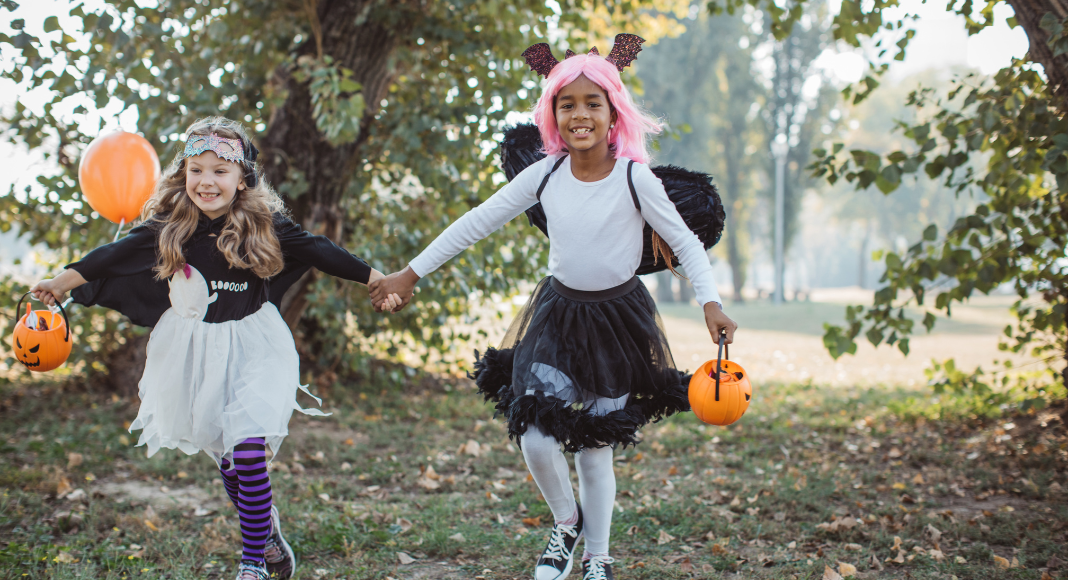 Other Parent Experiences
Other Parent Experiences
Before my son’s first time trick-or-treating last year, I asked a friend of mine what she’s done with her two kids in terms of candy. And her response was interesting.
She’s also a child of the ’80s and when her oldest started trick-or-treating, my friend tried to keep her from eating lots of candy. She didn’t play it cool, she hid her daughter’s candy, and she watched as her daughter hoarded candy, tried to sneak candy, you name it.
But when her second daughter was old enough to trick-or-treat, she took the play it cool approach. She followed the advice of Feeding Littles’ and noticed the difference in each daughters’ behavior. Her younger daughter, while she enjoyed candy, cared a lot less about it being taken away. Likely because she knew it would be offered again at another time. The older daughter still struggled with obsessing because candy had been restricted in the past and she didn’t know if it would be offered again.
If you clicked through to read that Feeding Littles’ blog post, you’ll know that a natural inclination of our parents was to restrict candy and junk food, thinking that then kids wouldn’t want it, but unfortunately, the research suggests otherwise.
My Experience
Last year was my son’s first time trick or treating at age 3. We knew he wouldn’t be able to walk to many houses, so we let him collect candy and then we inspected it at home. He chose a few things to try, which strangely, he said he didn’t like (a Hershey bar, for example). His favorite? Kit Kat bars, and for the next few days with meals, he only chose that candy to pair with them.
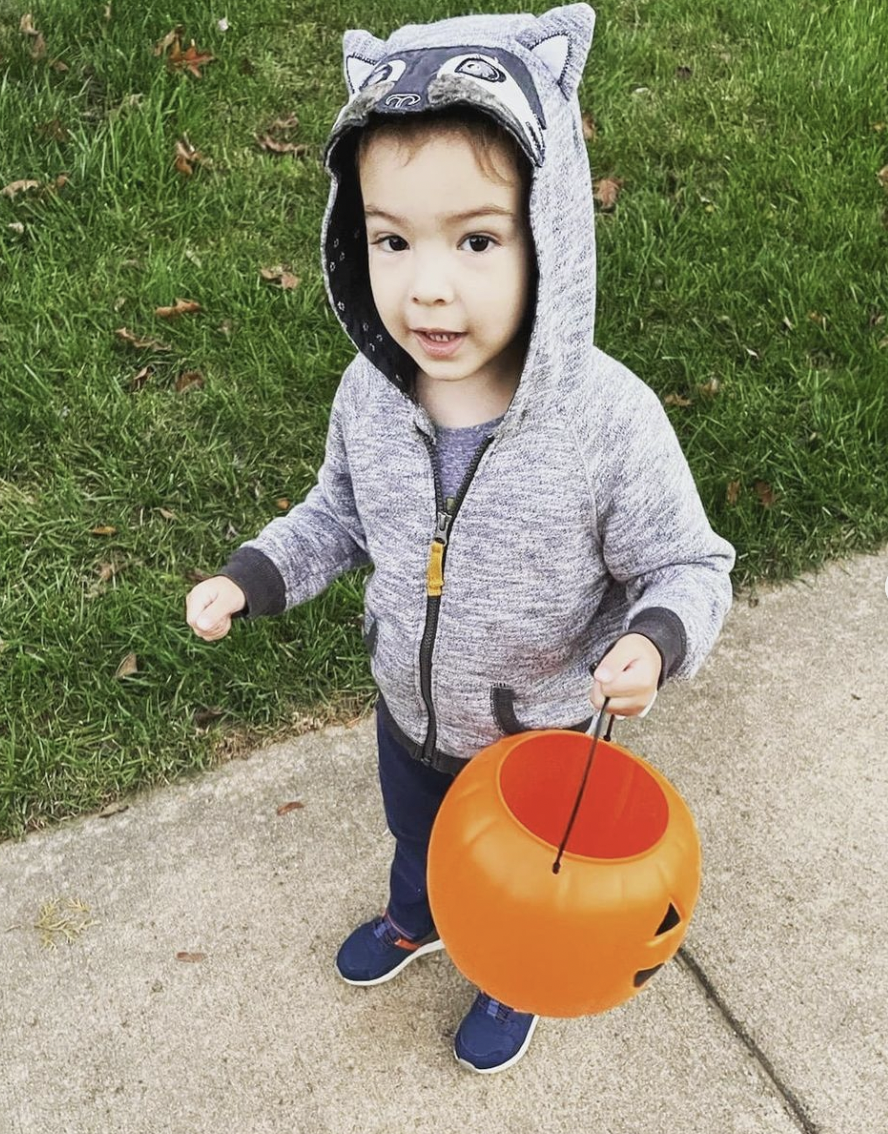
It was a bit anxiety-inducing to just let him have candy, but I also have to remind myself all the time that I am an adult: I eat candy. I eat junk food. I also eat vegetables. I have meals that are my favorites. None of these things are inherently “good” or “bad,” or even “healthy” or “unhealthy.” One thing I’m constantly reminding myself is learning what foods can do to the body and voicing those. There are consequences to eating candy or junk food: more energy, quick energy, help fighting sickness, etc. Empowering my son to have all the information will hopefully make him into an adult who doesn’t feel restricted. This will allow him to make healthy choices on his own. And choosing to eat candy from time to time isn’t unhealthy!
Don’t forget that you can donate candy or see if your pediatric dentist offers a candy buy back program.
Happy Halloween, everyone!


